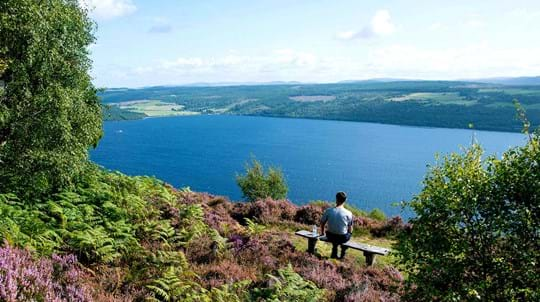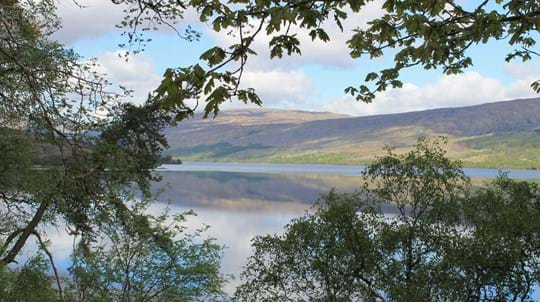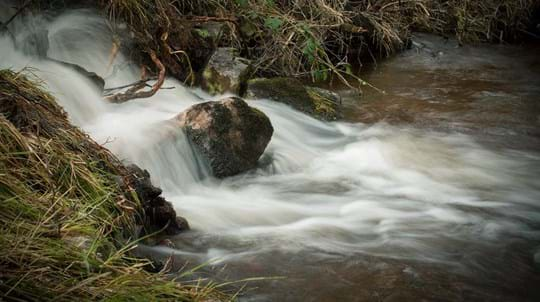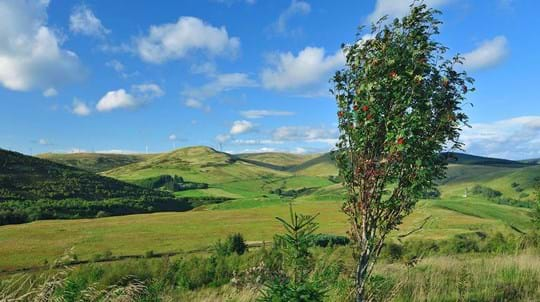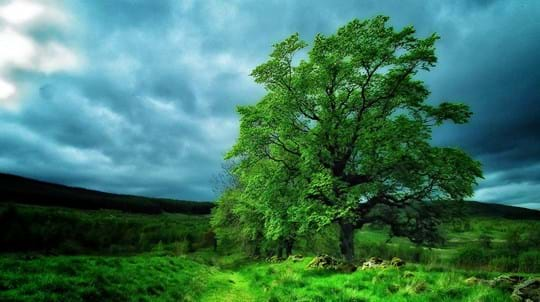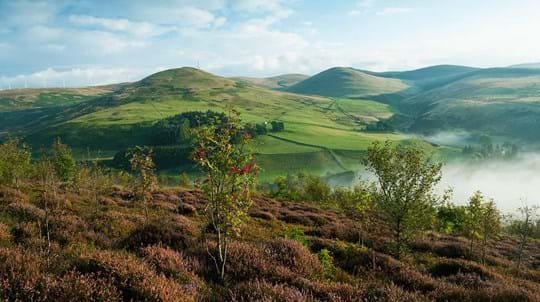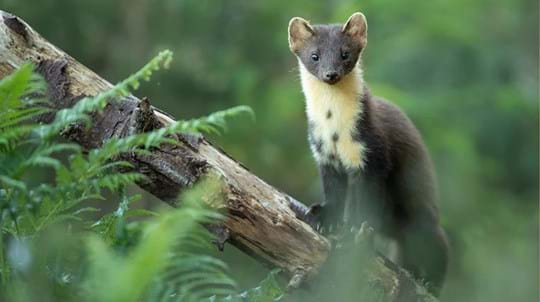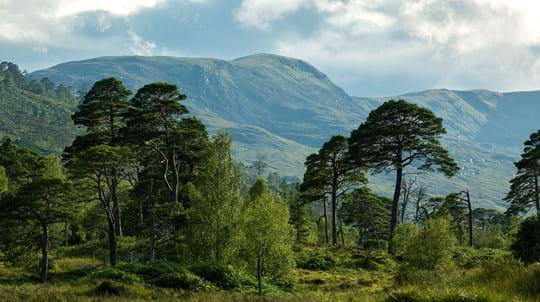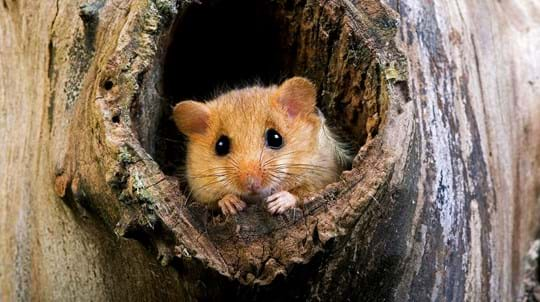
Credit: Ronald Stiefelhagen / Alamy Stock Photo
How do pine martens breed?
Pine martens are solitary creatures, only coming together during the mating season, in the summer. A sure sign that the mating season is in process is the sound of the shrill, cat-like ‘yowl’ that the pine marten makes.
Pine martens produce one litter per year, with the cubs normally born in March or April. After six weeks they will venture out of their dens, and are fully grown at six months old. Pine martens normally breed for the first time at around 2–3 years old.










